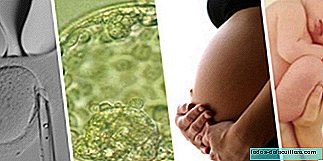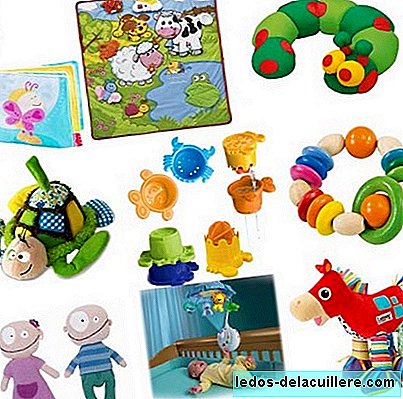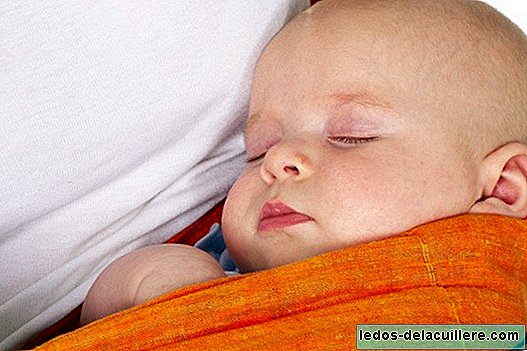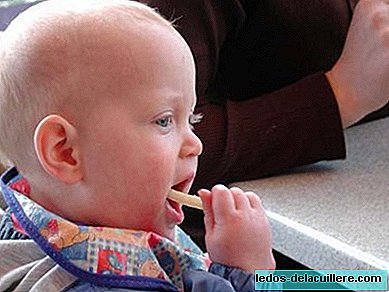
There are several studies that state that conceiving children through assisted reproduction entails increased risk of complications of various types, such as prematurity, low weight or different congenital malformations in the baby. At the moment the probability of suffering these risks is not so important as not to continue using this method.
In theory, these adverse effects are due to the techniques used, that is, the risk with one technique or another is greater, such as in vitro fertilization or intracytoplasmic sperm injection (ICSI).
Now, it is speculated that the problem may be in the genetics of the parents and not in the same technique. Apparently, the age of the parents and the problem that sterility has caused them is what could most influence these alterations.
To verify this, the study "Assisted Reproduction Technology and Congenital Structural Defects of Consideration in the USA" was conducted, in which the medical records of 9,584 children born with a congenital defect and 4,792 healthy children were analyzed. 230 and 51 respectively, had been conceived by assisted reproduction.
They found that specifically in some defects such as alterations of the cardiac septum, cleft lip and defects of the gastrointestinal tract, there was twice the risk of occurrence when assisted reproduction was used and even up to four times in the case of atresia esophageal or anorectal.
But despite this increase, the probability of suffering from a congenital defect is still low, so you can continue using these methods always warning of the increased risk.
Between 1 and 4 percent of children born in developed countries do so thanks to these techniques, and the number is increasing due to the current increase in fertility problems.












